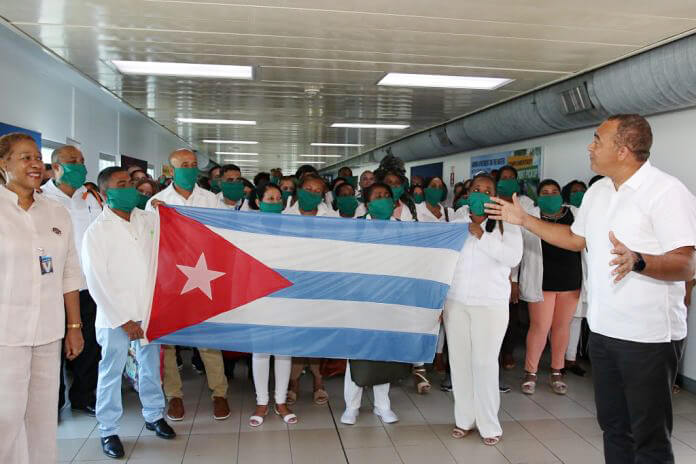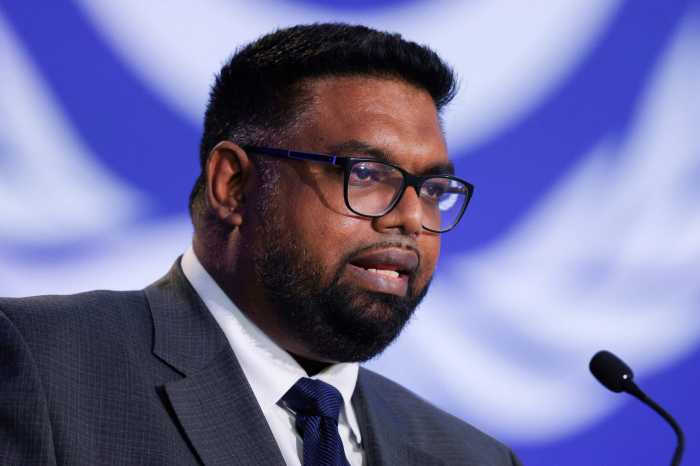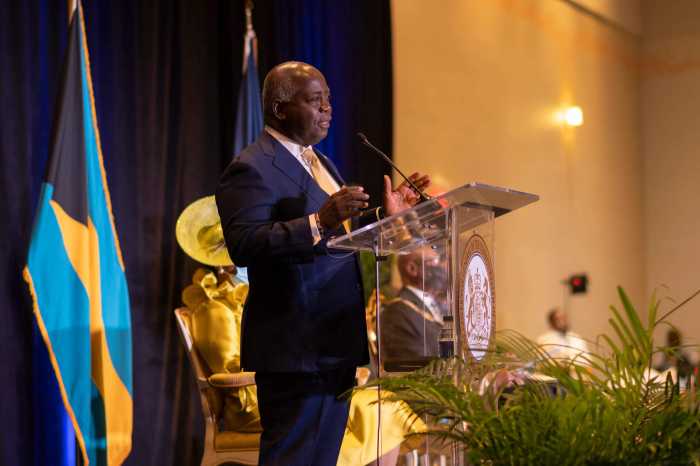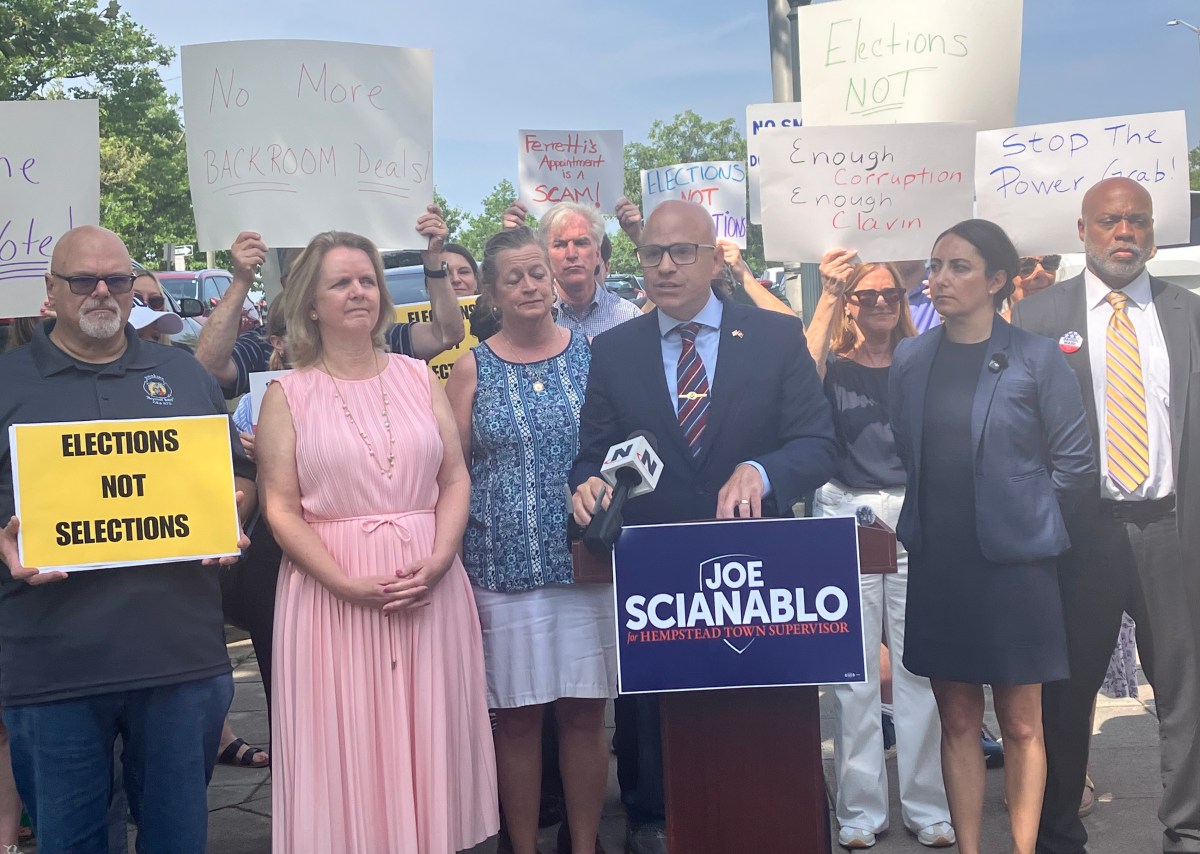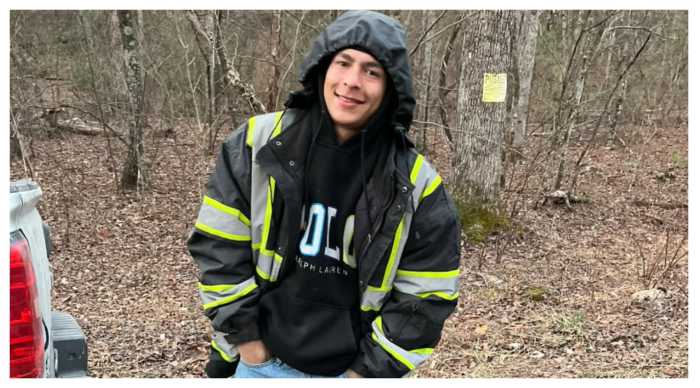ST. GEORGE’S, Grenada (AP) — A haunting Cold War mystery is getting a fresh look on the Caribbean island of Grenada, where officials are trying to locate the missing remains of a Marxist prime minister executed nearly 30 years ago during a coup that sparked a U.S. invasion.
Maurice Bishop was machine-gunned by a firing squad on Oct. 19, 1983, along with three members of his Cabinet and four others during the bloody upheaval, and no one seems to know where the bodies ended up. Rumors have swirled for decades that U.S. forces later hid the remains to prevent the grave from becoming a rallying point for the slain leader’s supporters or that a political rival dynamited the bodies.
Grenada’s government wants the mystery solved as a way of healing the national psyche of this now-tranquil country of nutmeg-scented forests known as “the spice island,” which became a flashpoint in the last days of the Cold War. Forensic anthropologists recently failed to find the remains in a hillside cemetery in the capital of St. George’s, but further searches are planned.
“It’s important for all concerned to bring some closure to this chapter in Grenada’s history,” Finance Minister Nazim Burke said in his office, just down a winding road from the 17th century fort where the 39-year-old Bishop and the others, including his pregnant mistress, were executed by Grenadian soldiers following a coup by a radical faction of Bishop’s Cuba-backed party.
This much is known about the remains: After the execution, one gunman slit Bishop’s throat after he was dead and cut off a finger to steal a ring. The bodies were transported to a military camp six miles outside of town and partially burned in a pit.
Six days after Bishop’s execution, about 7,000 U.S. Marines and paratroopers, along with a few hundred security forces from neighboring islands, invaded Grenada, toppling the post-coup military government.
Witnesses say the burned, decomposing remains were transported to the island’s medical school and the body bags were later brought to funeral director Leslie Bailey, who was tasked by the U.S. military with burying casualties from the conflict. Bailey died without ever pinpointing where the body bags believed to contain the remains of the political leaders were buried.
Bailey’s son, funeral director Clinton Bailey, said he wants to find the remains because people “still point fingers” at his family every time the island celebrates the anniversary of the U.S. invasion, which was almost universally welcomed by Grenadians and is observed each Oct. 25 as a holiday known as Thanksgiving.
“I will clear my father’s name,” said Clinton Bailey, who has carried out his own unsuccessful efforts to find Bishop’s remains.
Experts suspect the remains of Bishop and the others lie in unmarked graves in St. George’s sprawling cemetery, where his supporters erected a rough, unmarked bust of the slain revolutionary leader among a tangle of white mausoleums and gravestones,
An international forensic team led by Marcella Sorg of the University of Maine was brought in by Grenada’s Conference of Churches, the government and the island’s medical school to find the remains.
The team spent almost two weeks in May excavating a roughly 25-foot stretch of the cemetery, first using a backhoe and then switching to small hand trowels. They scraped at the soil as bones began to emerge from an unmarked grave yards from where a gravedigger discovered three U.S. military body bags a decade ago.
Forensic experts say the scattered bones found are apparently not those of Bishop or the others, according to the Rev. Sean Doggett, a Roman Catholic priest who acts as spokesman for the Conference of Churches. But Doggett said he is hopeful that future digs could provide answers.
They might be just outside the area searched,” Doggett said in an email from his native Ireland, where is vacationing.
He did not say when the next search will take place, but officials say they will proceed once more money is available.
Previous searches in the same cemetery, including a forensic excavation organized by Bishop’s daughter Nadia, failed as well.
At the cemetery, burly gravedigger Michael MacIntosh said he’s confident a sustained search of the area will eventually turn up the long-sought remains.
“After all, the bodies have to be somewhere,” said MacIntosh, standing by the excavated area, in the shadow of the National Stadium. “They couldn’t have just disappeared into the air.”
Some Grenadians believe that U.S. troops calculatingly obscured Bishop’s burial.
“I think the sentiment was too overwhelming for Bishop at the time and the U.S. wanted to avoid a shrine,” said Dr. Terry Marryshow, a Cuban-trained medical doctor who once worked as a bodyguard for Bishop and leads a foundation that was instrumental in getting the island’s international airport renamed after the slain leader in 2009. “There must be someone who knows what happened and we just want to finally hear about it from an official source, Grenadian or U.S.”
In an email, the U.S. Embassy to Barbados and the Eastern Caribbean said “the United States does not have any information about the location of the bodies of Prime Minister Maurice Bishop and members of his cabinet who were killed on October 19, 1983.”
The political rival who ordered Bishop’s execution, then-Deputy Prime Minister Bernard Coard, has long accused the U.S. of hiding Bishop’s body. However, others say imperfect evidence suggests that Coard, who is widely reviled in Grenada and settled in Jamaica after being released from prison in 2009, had the remains dynamited before he was captured by U.S. forces.
Finding the truth is complicated by the fact that the matter was not investigated with any sort of thorough collection of evidence in the chaotic, tense days before and after the U.S. invasion.
In 1983, a power struggle between Bishop, a relatively popular prime minister who took power in a 1979 coup, and a more radical faction led by Coard devolved into the bloody coup.
The U.S., already alarmed by Bishop’s Soviet and Cuban ties, said the invasion was necessary to protect the lives of hundreds of American medical students at St. George’s University Medical School and to keep the island from being used as a staging post for communist aggression in the region. U.S. forces quickly gained control after the invasion was launched. But the action killed 45 Grenadians, 29 Cubans and 19 Americans.
Jorge Heine, a Chilean who is a fellow at the Centre for International Governance Innovation, a non-partisan Canadian think tank based in Waterloo, Ontario, said a monument to the memory of Bishop and his associates “would be a fitting way to finally bring about reconciliation to the spice island.”
“The country needs to come to terms with its past,” said Heine, who edited a book of essays about Grenada’s revolutionary days.
Not all Grenadians believe officials should spend time trying to find Bishop’s remains.
“Some people like to make believe that the revolution days were like getting presents beneath a Christmas tree. But it’s not true. I think Bishop did some good things in his time, but we had no freedom of speech in those days. It’s time to look forward as a country,” said Ezekiel “Eze” Jones, a tour guide operator and taxi driver.
But Ann Bishop, the sister of the slain leader, said she has prayed for decades that her brother’s body would be found and her family could have a proper burial at last.
“I am still hopeful Maurice’s body will be located,” she said by phone from her home in Grenada. “We’re still trying to get over this, after all these years.”


